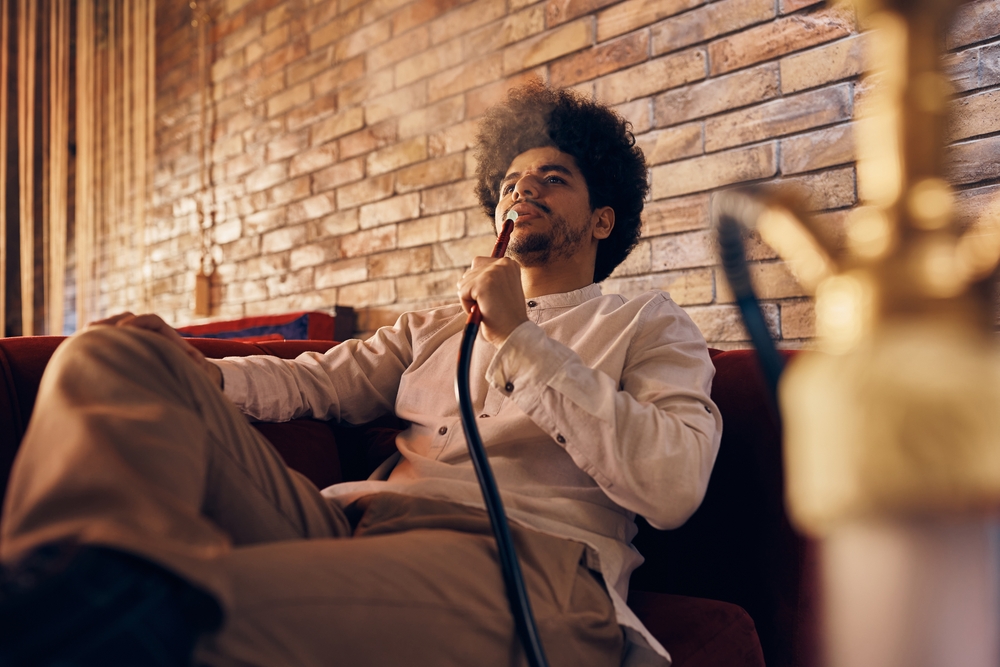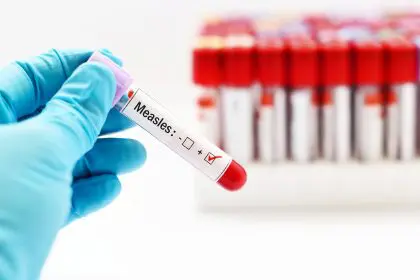The rising popularity of hookah lounges across global cities has created a dangerous misconception: that water pipe smoking offers a safer alternative to cigarettes. Medical experts and recent studies paint a dramatically different picture, revealing that this centuries-old practice may pose greater health risks than traditional tobacco use.
The water filter fallacy
The cornerstone of hookah’s perceived safety lies in its water filtration system. Many users believe the bubbling water cleanses tobacco smoke of harmful substances. However, research from the World Health Organization shows that water primarily cools the smoke rather than filtering it, allowing users to inhale more deeply and frequently.
Medical experts indicate the cooling effect makes smokers take longer, deeper breaths, ultimately increasing their exposure to toxic substances. A typical session can last 45-60 minutes, dramatically extending exposure time compared to cigarette smoking.
Carbon monoxide: The invisible threat
The burning charcoal used in hookah poses unique risks:
- One session can produce carbon monoxide levels 6-8 times higher than cigarette smoke
- Exposure often exceeds workplace safety standards
- Users frequently experience dizziness and headaches without recognizing the cause
- Indoor lounges may accumulate dangerous gas concentrations
Chemical exposure exceeds cigarette levels
Research from the American Lung Association reveals alarming statistics about hookah smoke content:
- Contains higher concentrations of heavy metals than cigarettes
- Produces substantial levels of cancer-causing chemicals
- Generates significant amounts of tar and particulate matter
- Includes toxic compounds from both tobacco and charcoal
The volume problem
A single hookah session typically involves:
- 90 minutes of smoking time
- 100-200 times the smoke volume of a cigarette
- Enhanced deep-lung penetration due to moisturized smoke
- Increased absorption of harmful compounds
The Centers for Disease Control reports that an hour-long hookah session can equal the smoke exposure of 100 cigarettes. This volume, combined with deeper inhalation patterns, creates significant respiratory risks.
Environmental impact and secondhand exposure
The effects extend beyond active users. Poor ventilation in hookah establishments creates hazardous conditions for:
- Service staff working full shifts
- Non-smoking patrons
- Nearby businesses in shared buildings
- Regular visitors exposed to accumulated toxins
Recent air quality studies in hookah lounges show particulate matter levels exceeding EPA safety standards by 10-50 times. Workers in these environments face particular risk, with exposure levels often surpassing industrial workplace limits.
Health consequences emerge
Medical professionals report increasing cases of hookah-related health issues:
- Chronic bronchitis among young users
- Elevated carbon monoxide poisoning incidents
- Respiratory infections
- Early signs of lung damage in regular users
- Cardiovascular complications
The social component
The social nature of hookah smoking creates additional risks. Users often share mouthpieces, increasing exposure to communicable diseases. Extended sessions in social settings lead to longer exposure times, while peer pressure may encourage more frequent use.
Public health response
Health organizations worldwide have begun responding to hookah’s rising popularity:
- Enhanced warning requirements
- Stricter ventilation standards for lounges
- Public education campaigns
- Research funding for long-term health studies
- Youth prevention programs
Breaking the misconception
Despite marketing claims and social perceptions, evidence consistently shows hookah smoking poses significant health risks. The combination of extended exposure times, high toxin levels, and false safety assumptions makes water pipe use potentially more dangerous than cigarette smoking.
Medical professionals emphasize that no form of tobacco smoking can be considered safe. As research continues to reveal hookah’s health impacts, public health officials face the challenge of educating communities about these hidden dangers while addressing the growing popularity of water pipe smoking, particularly among young adults.
The evidence suggests that hookah’s reputation as a safer alternative to cigarettes is not just misleading – it’s dangerous. Users should understand that the pleasant social atmosphere and flavored tobacco do not reduce the serious health risks associated with this form of smoking.
This story was created using AI technology.











